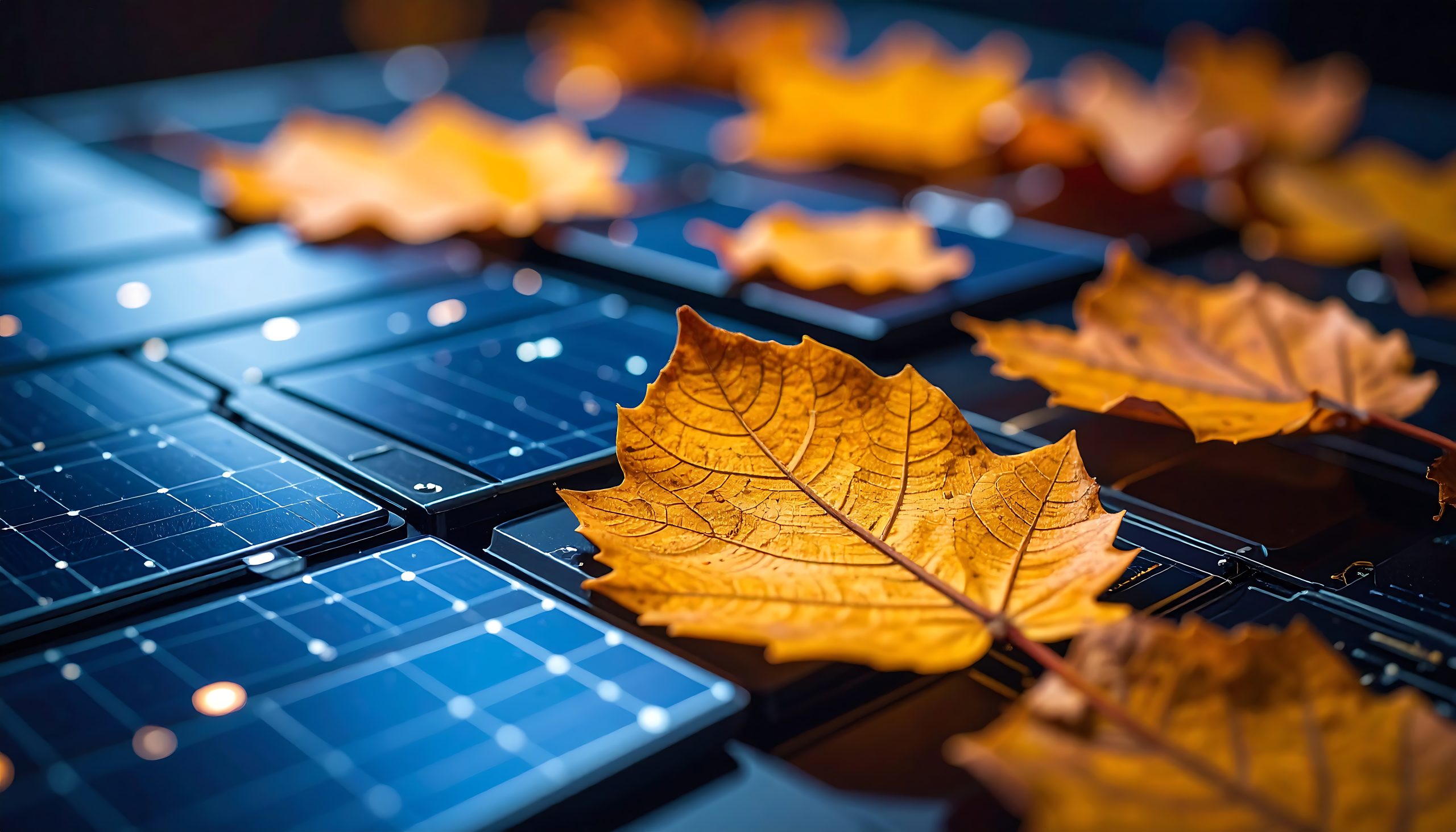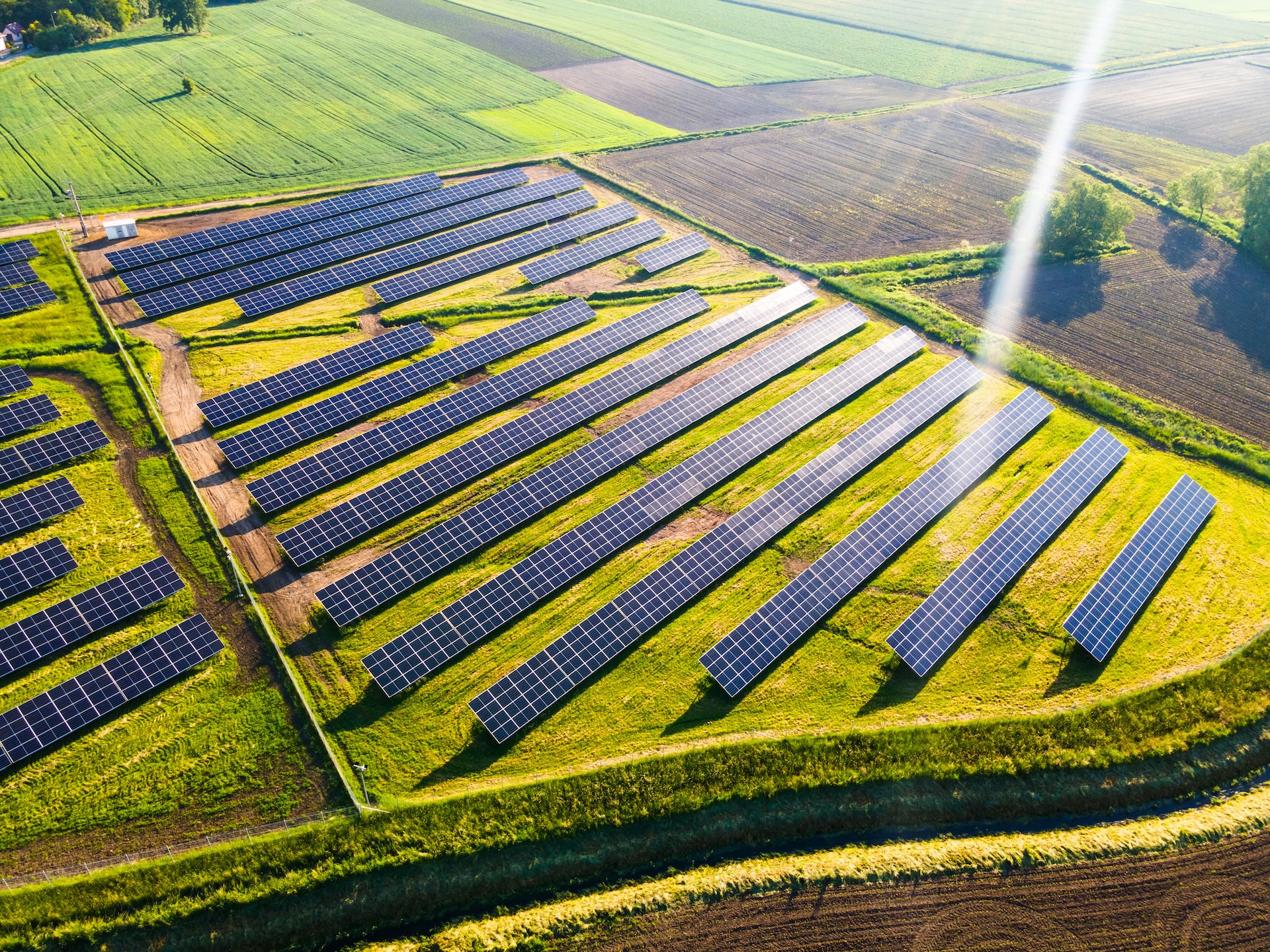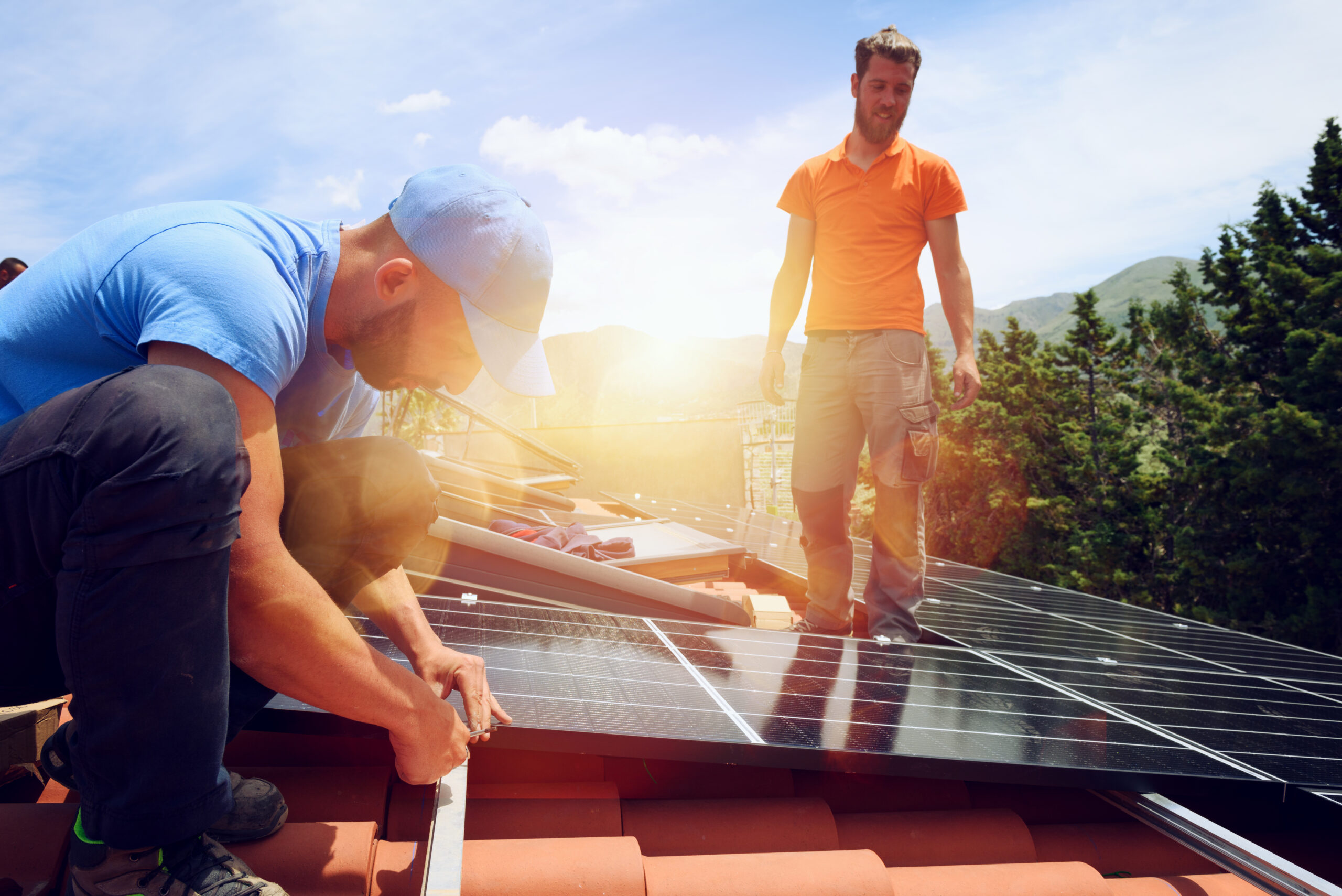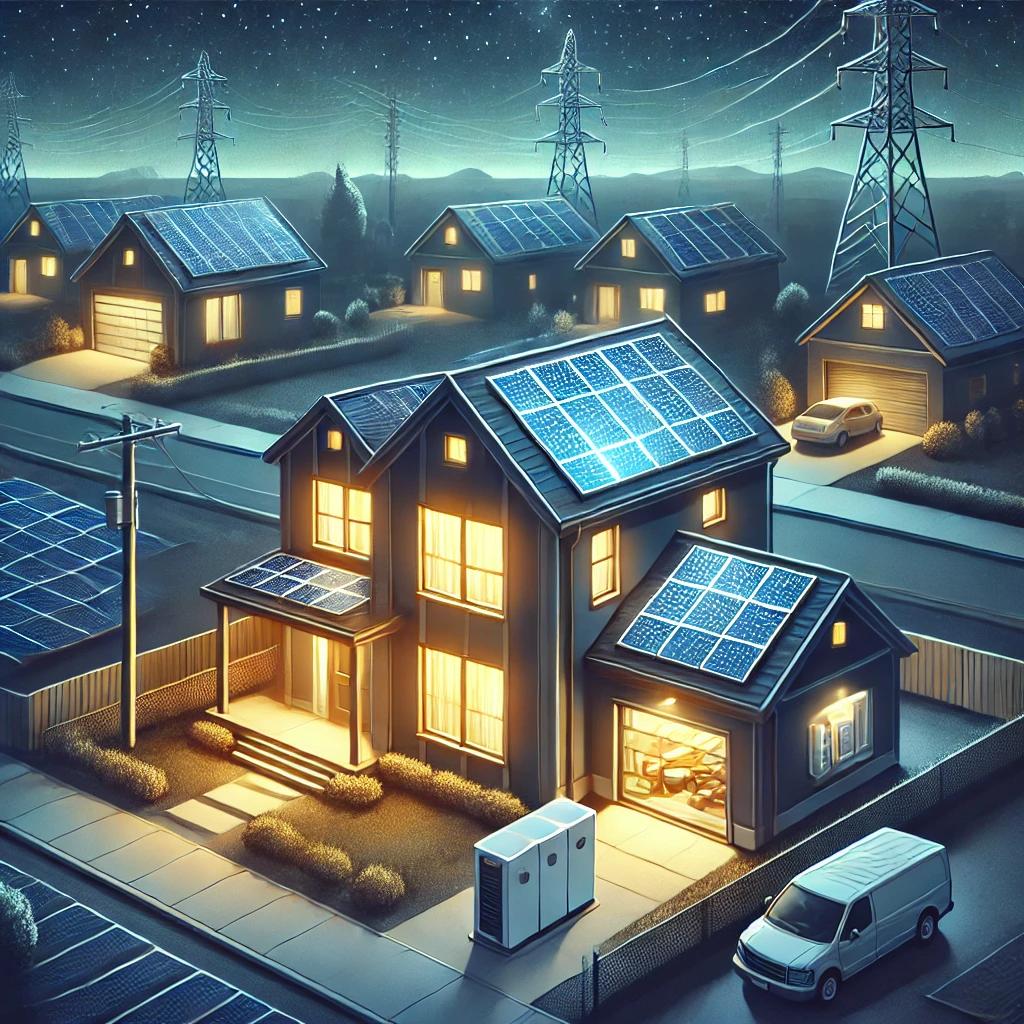
Why Fall is the Best Time to Install Solar Panels
- 1.Solar Panel Technologies: Unveiling the Power of the Sun
- 2.Overcoming Challenges: Navigating the Complexities of Connecting Solar to the Grid
- 3.Top 10 Weirdest Innovations in Solar Energy Technology
- 4.Once You’ve Decided to Go Solar: What Are the Next Steps and What to Expect?
- 5.The Comprehensive Benefits of Adding Solar to Your Home or Business
- 6.The Impact of Solar Energy on Property Value: How Installing Solar Panels Can Boost Residential and Commercial Real Estate
- 7.How to Make Sure Your House or Office Building is in Top Shape and Ready for Solar Energy
- 8.How Seasonal Changes Affect Solar Panels and the Grid
- 9.New Year, New Energy: Why 2025 Is the Perfect Year to Go Solar
- 10.Keeping the Lights On: How Solar Energy Shields You from Power Outages
- 11.Top Solar Technology Trends to Watch in 2025
- 12.Spring into Savings: Why Now is the Best Time to Go Solar in Puerto Rico
- 13.Understanding the Process of Connecting Solar to the Grid: A Step-by-Step Guide
- 14.Solar and Gardening: Can Panels and Plants Coexist?
- 15.Summer Energy Savings: How Solar Power Can Lower Your Utility Bills This Summer
- 16.What Is Ground-Mounted Solar? A Complete Guide for Homeowners & Businesses
- 17.How Much Electricity Does Your Business Need to Go Solar?
- 18.Why Fall is the Best Time to Install Solar Panels
When most people think about installing solar panels, Summer often comes to mind. Long, sunny days seem like the obvious choice for maximizing solar energy. Actually, Fall is one of the best times of year to make the switch to solar power. From cooler weather to financial advantages, autumn offers several unique benefits for homeowners and businesses ready to embrace renewable energy.
Comfortable Weather = Smoother Installation
Installing solar panels is a construction project that involves working outdoors, often on rooftops. In the summer heat, high temperatures can make installation more challenging for crews and potentially slow down the process.
By contrast, Fall offers cooler, more comfortable weather conditions. The milder temperatures allow installation teams to work efficiently and safely. Roofing materials are also easier to handle when they’re not overheated, which can speed up the process and ensure the system is set up correctly.
In addition, fall weather tends to be more predictable than the rainy season of spring or the snow and ice of winter. Fewer weather delays mean a smoother, quicker installation timeline.
Be Ready Before Winter Energy Bills
As the days grow shorter and temperatures drop, energy usage typically spikes. Heating systems work harder, lights stay on longer, and holiday activities can drive up electricity costs.
By installing solar panels in the Fall, you’ll be positioned to start saving before those high winter energy bills arrive. Even on shorter, colder days, solar panels continue to generate electricity. And thanks to net metering programs in many regions, you can build credits during sunny fall days to offset future electricity use in the darker winter months.
Simply put: a fall installation means your system is ready to deliver value when you need it most.
Take Advantage of Year-End Incentives
Another big reason is that Fall is the perfect season for solar installation comes down to money. Many solar incentives, rebates, and tax credits are tied to the calendar year. By installing before December 31, homeowners and businesses can take advantage of current programs and apply those savings to their upcoming taxes.
For example, the federal solar Investment Tax Credit (ITC) allows you to deduct a percentage of your solar installation costs from your federal taxes. Some states and utility companies also offer fall and year-end promotions, making the financial payoff even greater.
Delaying until the new year may mean missing out on these benefits—or waiting another 12 months to claim them on your tax return.
Get Ahead of the Spring Rush
Just like gyms fill up in January, solar companies often see an influx of customers in the spring. Warmer weather, longer days, and increased awareness of rising summer electricity bills push many homeowners to finally move forward with solar.
By installing in the Fall, you can beat the spring rush. This not only helps you secure installation appointments faster, but it may also mean more personalized attention from your solar provider. Getting your system up and running in fall ensures you’re ahead of the curve while others are just starting their research.
Panels Work Efficiently in Cooler Temperatures
Here’s a lesser-known fact: solar panels perform better in cooler weather. While sunlight is the main driver of energy production, extreme heat can reduce panel efficiency.
In the Fall, the sun’s rays are still strong enough to generate plenty of electricity, but the cooler temperatures help the panels operate at optimal efficiency. That means you’re getting high-quality performance from day one, without the stress of summer heat.
Enjoy an Eco-Friendly Holiday Season
Fall is a season of gratitude and giving, and what better way to give back than by reducing your carbon footprint? Installing solar panels in the Fall allows you to enter the holiday season knowing your home or business is powered by clean, renewable energy.
This not only benefits the environment, but also sets a meaningful example for friends, family, and neighbors. Imagine hosting your holiday gatherings and proudly sharing how your household is reducing its reliance on fossil fuels while saving money at the same time.
Long-Term Planning for Maximum ROI
Solar panels are a long-term investment, typically designed to last 25 years or more. By installing in the fall, you’re setting yourself up for a full year of energy production starting in the new year. This maximizes your return on investment and ensures that you’re not wasting any more time paying higher energy bills to your utility company.
The earlier you start, the sooner you’ll begin reaping the rewards. Every month of delay is another month of missed savings.
Final Thoughts: Don’t Wait Until Spring
While Summer may seem like the obvious season for solar, Fall offers advantages that make it the smarter choice. Cooler weather, efficient installations, year-end incentives, and preparation for winter energy needs, all align to make Autumn the perfect time to go solar.
Don’t wait until Spring when the rush begins, by acting now, you’ll secure savings, peace of mind, and clean energy for years to come.
Contact Us
Ready to take the next step toward energy independence? At MFS Solar, we specialize in customized solar solutions for homes and businesses. Our team will guide you through the process, from design and installation to monitoring and maintenance.
Contact us today for a free consultation and see why fall is the perfect season to start your solar journey.


